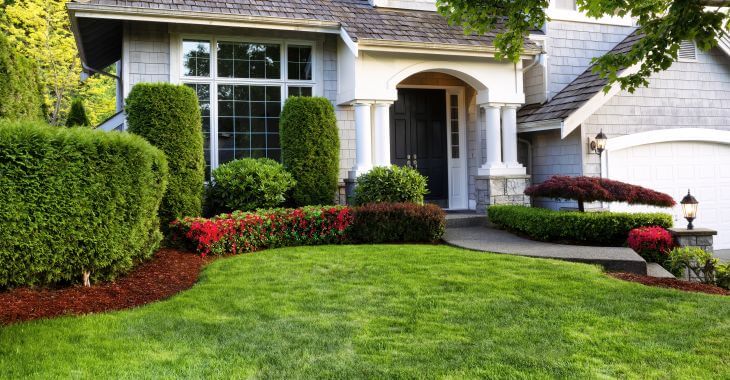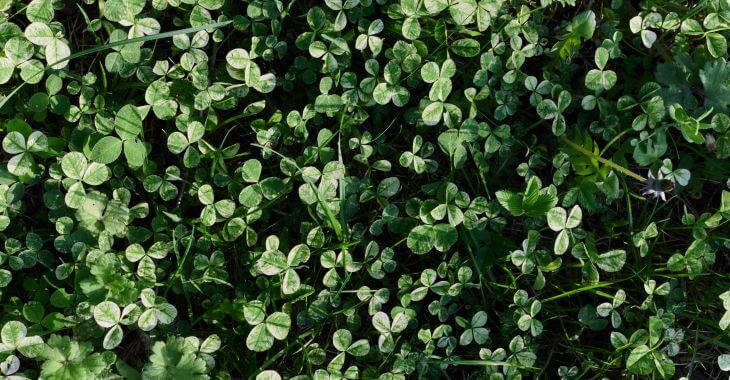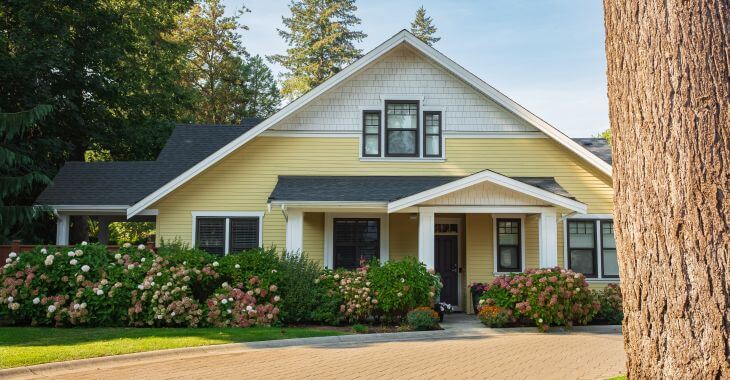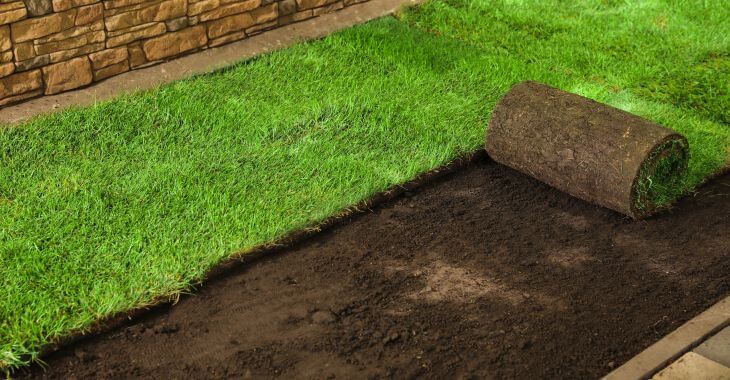Benefits of a Microclover Lawn

Are you tired of struggling with grass for your lawn? There are other ways to create a beautiful, green lawn without grass. Many people are choosing clover instead of grass for their lawn. If you are looking for an alternative to grass for your yard, consider the benefits of a microclover lawn.
What Is Micro-Clover?
Clover for lawns has been popular in Europe for decades and it is becoming more common in the U.S. Micro-clover is the new trend, which is a smaller version of the white clover that is routinely used as ground cover in Europe. The micro version has a few benefits over traditional cover:
- Grows slower
- Clover is shorter, about 4-6 inches in height
- Blends better with turfgrass
- Grows more evenly than Dutch white clover
- Smaller leaves, about 1/3 the size of white clover
- Fewer flowers than white clover
Microclover is used as a blend with turfgrass to create a fuller-appearing lawn. It can also be used alone as an alternative to grass on its own. Depending on where you live and your landscaping concerns, a microclover lawn may have many benefits for homeowners looking for a ground cover option.
You may see both miniclover and microclover options. Both are related to the original Dutch white clover. When considering miniclover vs. microclover, the microclover version has smaller leaves than miniclover and some other benefits that are preferred for ground cover.
Advantages of Microclover Lawns
Lawns made with grass alone can require a high amount of maintenance. Between mowing, watering, weed control and other factors, it can require many hours a week in lawn maintenance. Micro-clover lawns have many advantages over 100% turfgrass lawns.
- Greener Lawns
- Microclover is great for creating a green lawn, whether used alone or in combination with turfgrass. It can fill in thin spots where grass does not grow well and enhance the overall hue of the lawn – it also is less likely to turn brown from pet urine. It grows well on its own and with certain turfgrasses.
- Less Fertilizer
- Micro-clover does not need as much fertilizer as turfgrass. It creates its own nitrogen and adds nitrogen to the soil to support surrounding grass and other plants. This can save money and time on fertilizing applications.
- Better Weed Control
- Microclover is great for reducing weed problems. It is aggressive and can crowd weeds out of your yard while creating a beautiful appearance.
- Less Frequent Mowing and Watering
- Micro-clover is a low maintenance ground cover option. It grows low to the ground, and it grows slowly, requiring less frequent mowing. It is also more drought resistant than many turf grasses, requiring less water for an eco-friendly option over a 100% turfgrass lawn.
How to Add Micro-Clover to Your Lawn
If you are considering replacing your turfgrass with microclover or just adding it to your existing grass, you will need microclover seed. Planting microclover seed is very similar to grass seed and can be completed in the early spring when it is time to enhance your lawn or later in the summer.
- Early Spring Microclover Planting
- One option is sowing the microclover seed early in the spring. This can be anywhere from two weeks before the last frost to a month after the last frost of the season. Most microclover will germinate in about two weeks and be ready before the hotter temperatures arrive.
- Late Summer or Early Fall Planting
- If you want to prepare your lawn for the next year, you can sow your microclover in the late summer or early fall. This should be completed at least four weeks prior to the first frost of fall. End-of-season planting can give the clover time to mature before winter and its dormant phase.
Microclover can be overseeded to add to your current lawn, or you can till your lawn and replant with exclusively microclover seed. While microclover can save money on fertilizing and watering, seed is more expensive than most turfgrass seed, which is why many homeowners use a blend.
Is a Microclover Lawn Right for You?
Microclover offers benefits of less maintenance, improved lawn fullness and eco-friendly compared to most turfgrass. However, it is not the best option for everyone. It does not fair well on its own in cold climates and it can leave bare spots during the winter and early spring.
The best areas for microclover lawns are warm climates and lawns without too much shade. Micro-clover blends best with fine and tall fescue grasses, but it can be blended with Kentucky bluegrass and dwarf perennial rye grass.

If you want to enhance your grass lawn or replace turfgrass completely, there are benefits to installing a microclover lawn. Talk to your local landscaper about the benefits of microclover and whether adding microclover seed could improve your lawns appearance and maintenance needs.


